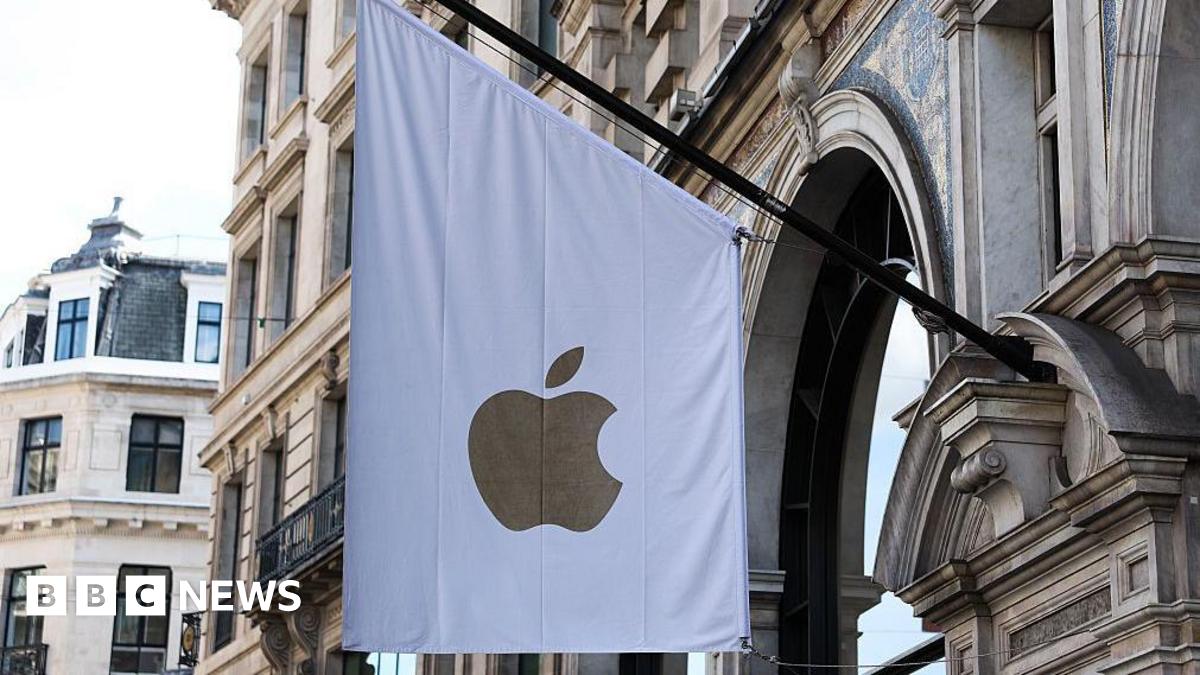
Latest Posts

Guides
How to get a Sponsor Licence for Startups - A detailed Guide
Dec 17, 2025

Guides
How much does it cost to hire a migrant Skilled Worker for your UK tech startup?
Dec 16, 2025

Guides
Top Early-Stage AI Startup Accelerators in the UK
Dec 11, 2025

News
UK deepens partnership with Google DeepMind to drive progress in science, education and national security
Dec 10, 2025

News
Bristol based Anaphite raises £1.4million for a dedicated LFP cathode and graphite anode dry coating project.
Dec 9, 2025

Guides
How do I scale my service business? 18 Game-Changing Insights to Skyrocket Revenue
Dec 8, 2025

News
The Budget 2025: 12 measures that will affect your small business
Nov 26, 2025

Guides
After sending 100k+ promotional emails, I discovered 10 ways to write the perfect sales email that can multiply your open rate by 10X
Nov 25, 2025
Featured Posts

Guides
Top Early-Stage AI Startup Accelerators in the UK
Dec 11, 2025

Guides
A complete guide & useful tips that can help you with the UK Innovator Founder Visa in 2025
Nov 9, 2025

News
UK expands and refines High Potential Individual visa route for global graduates
Nov 5, 2025

News
UK Secures Second Place Globally in Tech Funding for 2025
Oct 30, 2025
A complete guide & useful tips that can help you with the UK Innovator Founder Visa in 2025
The Innovator Founder Visa is one of the most challenging but rewarding immigration routes in the UK. Success depends entirely on the strength of your idea, your ability to execute it, and the evidence you present.
Team Bizztor-

Cambridge Photon Technology raised £1.56m in Funding
Cambridge Photon Technology (CPT), a spin-out from University of Cambridge, has raised £1.56 million in its latest funding round in order to accelerate the deployment of its photon-multiplier solar technology.
Team Bizztor-

UK expands and refines High Potential Individual visa route for global graduates
The UK government has updated the High Potential Individual (HPI) visa route, reinforcing its position as a key channel for highly qualified graduates from overseas to live and work in the UK. The updates bring fresh clarity and reaffirm the route’s flexibility for eligible applicants.
Team Bizztor-

PACT secures over $20 million in Series A funding to scale up sustainable materials manufacturing
Series A funding to advance the commercial scale-up of Oval, a revolutionary, scalable roll-to-roll material with unique aesthetics and handfeel, made from natural collagen. Financing co-led by Forbion and HV Capital
Team Bizztor-

Grammarly rebrands to Superhuman, launches a new AI assistant
Grammarly is renaming itself as Superhuman after acquiring the Superhuman email client in July.
Team Bizztor-

Manchester startup Housr raises £7.5m to take on UK & US
Student living platform wins backing of two Texas investment firms after growing revenue 186% year-on-year & is looking to reach 1m students
Team Bizztor-

UK Secures Second Place Globally in Tech Funding for 2025
The United Kingdom has cemented its position as one of the world’s most dynamic technology hubs, british tech companies attracted $12 billion in equity funding between January and September, placing the country just behind the United States and ahead of India and Germany.
Team Bizztor-

UK court loss could cost Apple £1.5bn
Millions of UK app purchasers may be able to claim damages, but Apple says it will appeal
Aarav Rathee-

Two days after OpenAI's Atlas, Microsoft re-launches a nearly identical AI browser
Copilot Mode of Microsoft's Edge browser is the company's take on the long-hyped AI browser category.
Aarav Rathee-

SheMed raises €43 million to advance personalised women’s healthcare in the UK
SheMed, London’s female-founded HealthTech company changing how women access personalised healthcare, today announced it has raised €43 million to further develop its innovative health platform and advance new breakthroughs for preemptive healthcare.
Team Bizztor-
